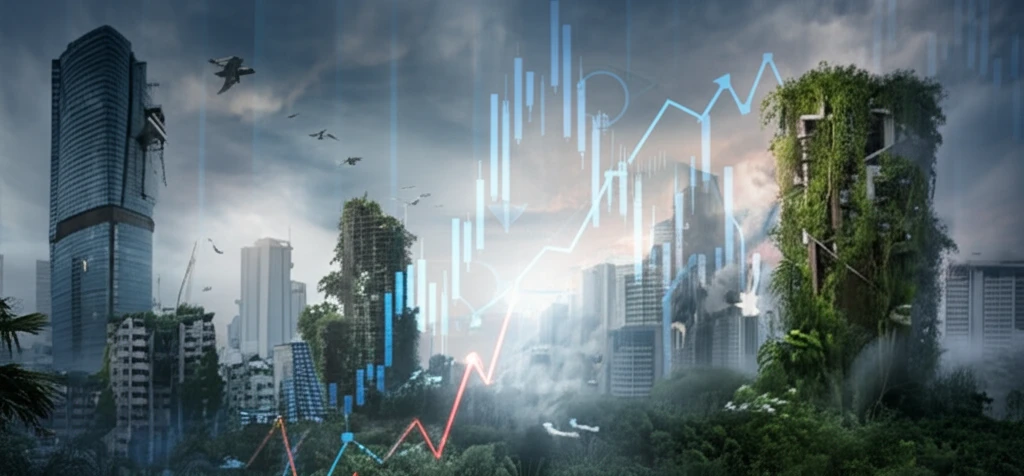
Cap and Trade: Can It Really Save the Planet (Without Bankrupting Businesses)?
"Unpacking the complexities of cap-and-trade systems, balancing environmental goals with economic realities for a sustainable future."
The Earth is warming, and the pressure to act is mounting. Cap-and-trade systems have emerged as a popular tool for governments worldwide to curb carbon emissions, but do they really work? While designed to reduce pollution, some businesses worry about the costs, and questions linger about whether these systems truly benefit the environment.
At its core, a cap-and-trade system sets a limit (or "cap") on the total amount of carbon emissions allowed from a group of industries. Companies receive or purchase allowances that permit them to emit a certain amount. Those who can reduce emissions cheaply can sell their extra allowances to those who struggle, creating a market-based incentive to lower pollution.
This article dives deep into the complexities of cap-and-trade, looking at how allocation policies affect businesses, the environment, and society. We'll explore the economic and environmental trade-offs to determine if this system is a viable solution for a sustainable future.
How Does Cap-and-Trade Actually Work?

Imagine a city trying to reduce smog. The government sets a limit on how much pollution all the factories can release together. Each factory then gets permits to release a specific amount. Factories that pollute less than their permits allow can sell those extra permits to factories that are struggling to stay within the limits. This creates a financial incentive for everyone to find cleaner ways to operate.
- The "Cap": A regulatory body sets an overall limit on emissions. This cap ideally declines over time, pushing for continuous reductions.
- Allowances: These permits, representing the right to emit a specific quantity of greenhouse gases (typically one ton of CO2 equivalent), are distributed or auctioned to companies.
- Trading: Companies that cut emissions below their allowance level can sell excess allowances to those exceeding their limits, establishing a carbon market.
- Incentives: This system incentivizes companies to innovate and adopt cleaner technologies because reducing emissions translates to financial gains.
The Future of Carbon Reduction
Cap-and-trade systems offer a flexible, market-based approach to reducing carbon emissions, but their success depends on careful design and implementation. Getting the balance right between environmental goals and economic realities is crucial. As technology advances and societies prioritize sustainability, these systems must evolve to remain effective tools in the fight against climate change. The discussion of carbon emissions, and the economic impact of their reduction, is certain to remain at the forefront of global policy debates.
